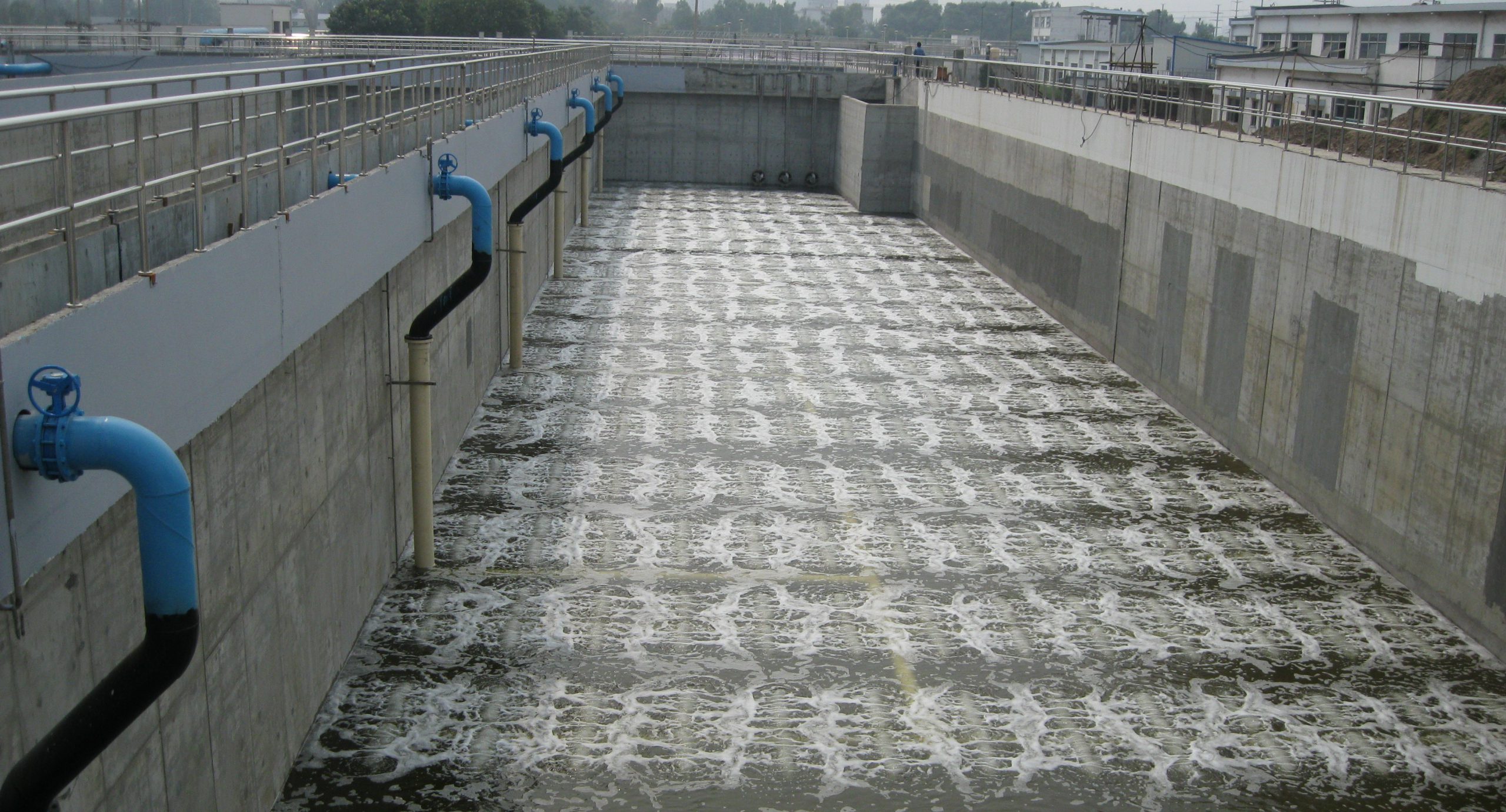
How to manage surface area loading rate in wastewater treatment
One way to improve the efficiency of wastewater treatment facilities is to understand the surface water loading rate. Wastewater treatment is critical to both human health and the environment. Finding timely and effective ways to remove toxic or harmful waste from wastewater should be a top priority for wastewater treatment plants. As technology advances and improves, some wastewater treatment facilities may not be able to achieve the most efficient processes and systems available. In addition, the implementation of specific treatment systems, such as moving bed biofilm reactors (MBBR), can help simplify and accelerate wastewater treatment processes.
What is the surface area loading rate?
In wastewater treatment, surface area loading rate refers to the amount of water that passes through 1 square foot of wastewater treatment tank per day. Surface area loading is also known as hydraulic loading rate in wastewater treatment.
The surface area loaded per tank tells us how much water each tank can handle. The typical rate for wastewater plants is 300 to 1,200 gallons per day per square foot.
How to calculate surface area loading rate
Since the surface area loading rate is the number of gallons of wastewater that passes one square foot of tank per day, you can calculate surface area loading rates by dividing the system’s total GDP by the tank’s surface area in square feet.
What is the fixed download rate?
Solid Loading Rate (SLR) is the weight of solids removed daily per square foot of clarifier surface area. These solids are usually extracted from wastewater by a secondary clarifier. To determine the SLR of a system, divide the total pounds of solids entering the system by the surface area of the clarifier. SLR cameras are written in pounds per square foot. mbbr systems are great for improving surface area loading rates.
MBBRS and surface area loading rates
Moving bed biofilm reactors (MBBR) are an effective solution for companies and industrial plants that produce wastewater. With many benefits and excellent results, MBBR systems are the best choice for plants seeking to improve surface area loading rates.
What is MBBR?
MBBR is a natural wastewater treatment process that uses biofilms to extract waste. During this treatment process, microorganisms clean the water by consuming the waste. These microorganisms are added to wastewater via media systems or media conveyors.
The media comes in various shapes such as coin-shaped discs, squares, and hexagonal wheels. These carriers provide a large surface area, ideal for the growth of microorganisms. Media and water also have similar density levels, allowing them to mix well and making it easier for microorganisms to continually remove waste.
During this treatment, oxygen is added to the tank to help promote the growth of microorganisms. When wastewater flows through the tank, gratings prevent microorganism carriers from washing away with the moving water.
While MBBR can be a standalone treatment, it is often used as a step in a more comprehensive treatment process. Other accompanying treatments usually include cleansing and stone removal.
How can MBBR affect surface area loading rates?
MBBRs have higher hydraulic capacity, which means they can handle more water, increasing surface area loading rates and overall wastewater treatment efficiency.
Because the carriers and microorganisms used in MBBR are so small, they take up little space, allowing for more water and more effective and efficient waste removal. With a large surface area, MBBR systems can also handle shock loads.
In addition, MBBR systems have a relatively low hydraulic retention time (HRT), averaging about a few hours or less. HRT is the time required for a water treatment system to treat wastewater. The faster the treatment process, the more water can be treated — so lower HRT is ideal.
Because the media is constantly moving and consuming waste, MBBR systems treat wastewater more quickly than other systems.
Benefits of MBBR
Process plants using MBBR systems will see better surface area loading rates and other benefits. Some of these benefits include:
- Extending the life of the system
- Less space requirements
- Better therapeutic efficiency
- Increased hydraulic capacity
- Low energy, operation, and maintenance costs
- Simpler operation compared to traditional systems
- Different media options are available, and water care MBBR systems automatically and naturally adapt to any changes in surface area loading rate.
Contact Carewater for surface area loading rate solutions
Carewater engineers have the expertise and experience to help improve your facility’s surface area loading rate and overall productivity. They can also improve the efficiency of your wastewater treatment, whether it’s a complete system replacement or an add-on product. With many advanced products and services, Water Care has the solution for all your facility needs. From cutting-edge MBBR technology to installation services and employee training, Water Care is a leader in the wastewater treatment industry.
























